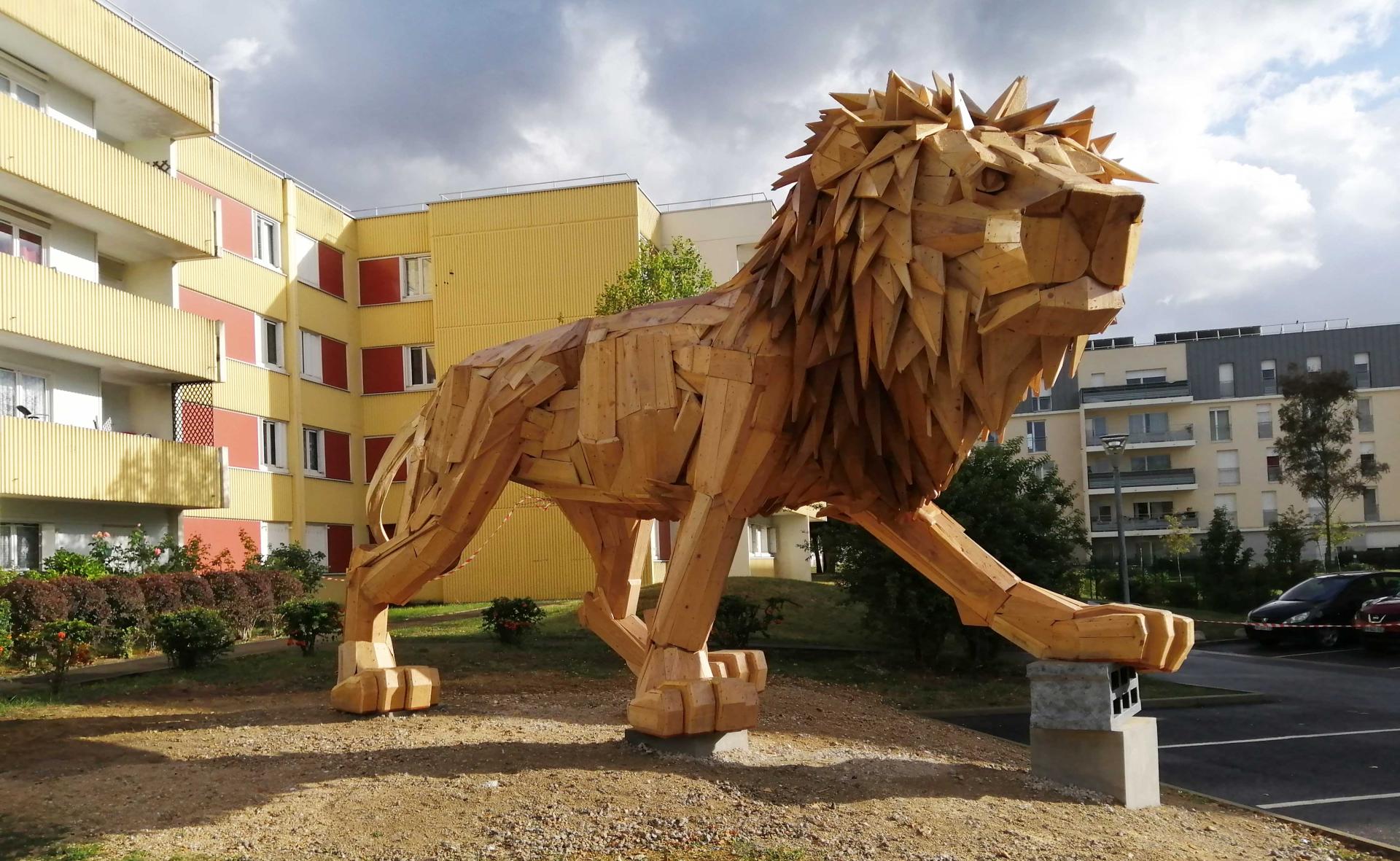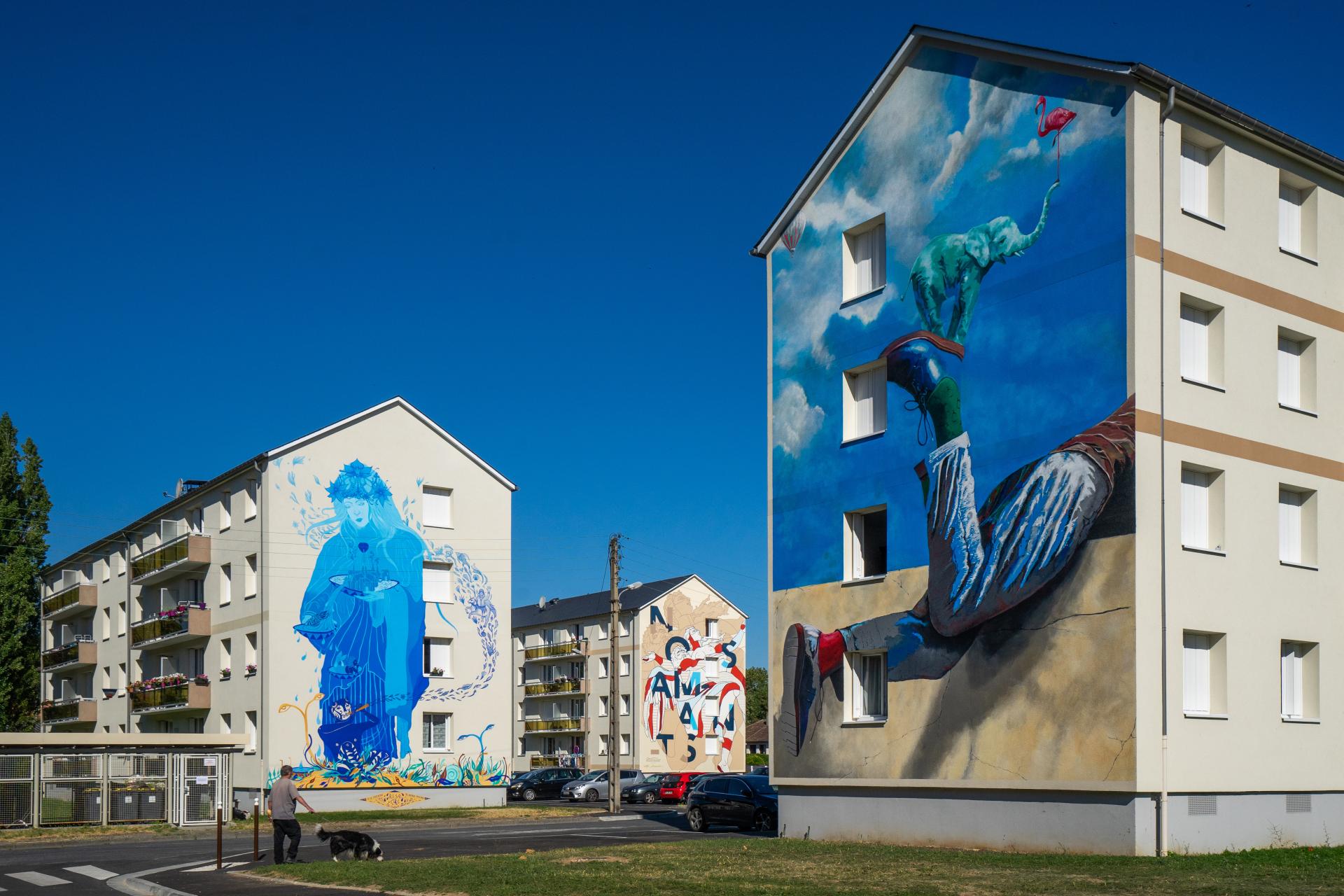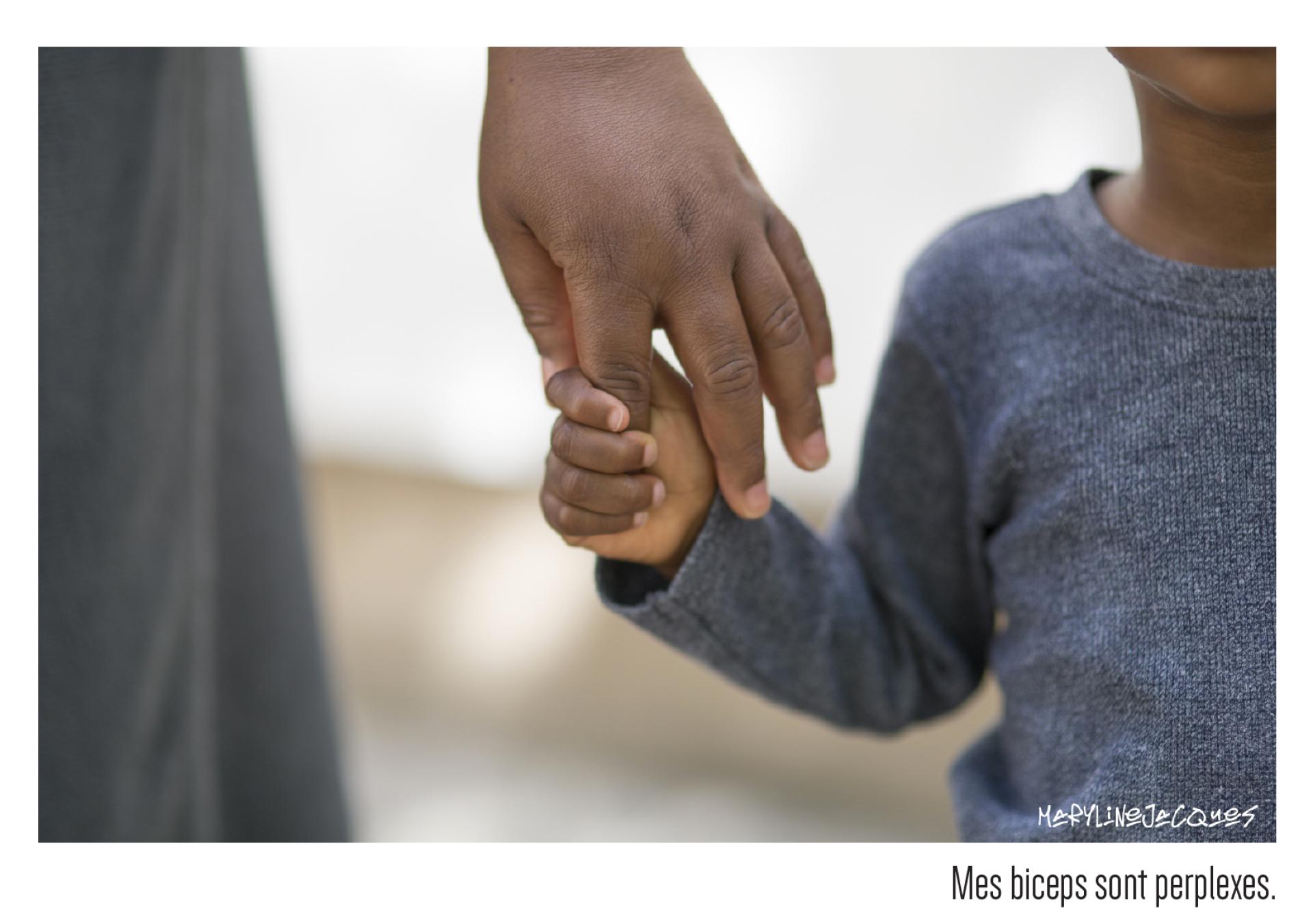Bringing culture to the heart of social
Basic information
Project Title
Full project title
Category
Project Description
In order to meet the challenges posed by social cohesion and the right of access to culture, Poste Habitat has formed its own culture and communication department. This is the first time that a social housing body takes such a step, bringing culture to the very heart of its organisation and its daily activities so as to develop and deliver artistic projects jointly with its tenants at the very foot of the buildings where they live.
Project Region
EU Programme or fund
Description of the project
Summary
In order to promote its tenants’ access to culture, Toit et Joie – Poste Habitat has decided to make a foray into the art world and to that end is running a cultural residency scheme in partnership with the French Ministry of Culture and local authorities. The actions undertaken are mainly focused on low-income neighbourhoods, but others are spread out throughout the social housing body’s properties in the Ile-de-France region.
These cultural residencies are designed to compensate for social housing tenants’ unequal access cultural activities, to create social bonds, and beyond that, to encourage the inhabitants to invest time and effort in their buildings and their town. Through the various projects being launched, they also promote culture as a unifying element of urban renewal.
Toit et Joie - Poste Habitat has opted to rely mostly on its in-house caretakers, who are the first point of contact of residents on a day-to-day basis (1 proximity agent for every 80 housing units) to mentor these projects.
In order to initiate a joint creation process with the tenants, Toit et Joie - Poste Habitat selects an artist or a collective to be in residence at a block of flats over a period of 6 months to 2 years, during which time where they are provided with a workspace on site. The subject-matter of the creative endeavour varies and may range from writing a play to creating a work of urban art.
The creative works produced by the block of flats involved are then presented during the “Au-delà des toits” festival, the first festival celebrating art in a social housing setting, founded by Toit et Joie – Poste Habitat. The festival, which has been held yearly in summer for the past 4 years, provides an opportunity to showcase and share the joint work of our tenants and resident artists throughout the area in a festive atmosphere.
A digital platform, sceneculturellehlm.com, which is dedicated to showcasing the many cultural projects created was also launched.
Key objectives for sustainability
Culture is a key component of our social fabric which can act as an engine for sustainability. Indeed, culture provides a means of reducing inequalities and building a more inclusive society.
The social housing tenants often feel alienated from cultural activity, perceiving it as elitist and remote. Yet culture is a great transversal tool and resource, and Toit et Joie – Poste Habitat is using it to open up new horizons for its tenants, to enable them to meet artists and to become directly involved in cultural projects.
The actions that we take prioritise participatory processes and local solutions to encourage the inhabitants’ involvement in cultural projects and strengthen their aspirations in terms of social inclusion and cultural diversity. Access to culture and to the wide variety of forms of expression inherent in cultural activities foster creativity and innovation among the tenants, as well as personal emancipation.
An example of one of the projects we’ve run: “La civilisation, c’est par où? [which way to civilisation?]” – an art work in Garges-lès-Gonesse (95), France
“La civilisation, c’est par où?” was a collaborative art project that explored the meaning of togetherness, working together and the meaning of common markers, run with a group of youngsters in Garges-Lès-Gonesse, France, from 2019 to 2020.
Led by Laure Grisinger, a playwright, and a multidisciplinary artistic team (plastic arts, theatre, philosophy, music, writing, etc.), it took the form of conversational, writing and theatre workshops, the creation of an audio recording and of a diary to record the progress of the project for posterity.
The project focused mainly on the spoken word, on reflections about the concept of civilisation, about the things that were unique to each and every participant and those that were common to all of them.
Key objectives for aesthetics and quality
The cultural approach of Toit et Joie – Poste Habitat is deliberately demanding and qualitative. It focuses on exploring perceptions, identity and self-esteem in the neighbourhoods where we are most active, but also to ponder the fate of the areas where people live. The resident artists in the blocks of flats thus combine aesthetic experiences with artistic requirements. The artistic requirements are combined with the weaving of interpersonal bonds, emphasising the concept of working together as a vital condition of living together.
An example of one of the projects we’ve run: “Un animal totem dans ma cité” – A monumental work of art in Saint-Michel-sur-Orge (91), France
The La Lisière artistic collective took up a residency in early 2020 in an apartment of a block of flats run by Toit et Joie - Poste Habitat in Saint-Michel-sur-Orge, France, with a view to developing a fun and ambitious participatory project.To symbolise the inhabitants’ attachment to their neighbourhood and their town, Anton and Teurk, two plastic artists, designed and built over the course of a year a giant total animal together with the tenants and inhabitants.
The inhabitants were involved at all stages, from the upstream specification of the project to the drawing, writing and painting workshops that helped to define and mould the totem animal concept as a symbol of the neighbourhood, and it was they who chose a lion as the animal to be depicted. The inhabitants then also took part in the creation of the totem, during which process they learned basic welding skills, for instance, in the artists’ workshop.
The final work, which is majestic and imposing, was inaugurated in late September 2020 and the lion is now installed in the very heart of the housing estate and the Les Genêts neighbourhood. The inhabitants of the building are very proud of it. It draws many visitors from outside, contributing towards opening up the neighbourhood to the outside world.
Key objectives for inclusion
The stakes at hand and the aims sought by Toit et Joie – Poste Habitat for its cultural action of art residencies are to enable residents to experience the process of creating art and have contact with people in the cultural scene; to develop projects that are as closely related as possible to the inhabitants and the areas in which they live, to foster a process of on-site, joint creation and construction involving the inhabitants; to enable residents to experience artistic creativity through a participative approach and to encourage them to open up to others, to establish a dialogue and exchanges; but also to work in synergy with the cultural and social bodies of the area, thus encouraging the target audience of these actions to get involved with such bodies subsequently.
An example of one of the projects we’ve run: “Corps en poème [The body in poetry]” – anatomic poetry in Evry Courcouronnes (91), France
Led by the La Constellation collective, the “Corps en poème” project began in September 2020 at the Toit et Joie – Poste Habitat estate in Evry-Courcouronnes.
In conjunction with the Journées Nationales d’Action contre l’Illettrisme 2020 [2020 national days of action against illiteracy], the children and parents of the block of flats took part in a number of writing, public reading, dance and photography / sound recording workshops.
The artists’ collective worked on enhancing the inhabitants’ living environment to enable them to explore the uniqueness of their bodies through contemporary dance, reading and photography. The workshops were run by an actress, singer, and director, a choreographer, video maker and photographer, and an author, poet and story-teller.
A number of poetic postcards were produced based on the photographs and anatomic poems created as part of the project. The compilation of these images and the recordings of the poems read aloud by the children gave rise to a colourful, touching and eclectic video montage.
Results in relation to category
Our projects are designed to be transformative for the contexts and individuals involved, and to embody both the individual and collective experience, so their impact may seem somewhat difficult to ascertain through classic quantitative assessment methods.
That is why we are working to combine the assessment of the artistic value with that of the relevance of the project as a whole and its impact on the target audiences involved and their environment.
At the end of each project, the artists’ collective involved is asked to draw up a detailed quantitative and qualitative summary. This report charts the involvement of the inhabitants in the creation of the project; the partnerships with educational, social, cultural bodies or schools in the area; and the categories of people involved (tenants, inhabitants, institutions). The phase upstream of the implementation of the project, which is an integral part of the art project, is integrated into the assessment of the process as a whole.
Finally, the continuous dialogue with the caretakers, who are the cornerstone of community life in the estates run by Toit et Joie – Poste Habitat, can be used to measure the impact of our actions on the life of a community in a given building or housing estate.
The actions taken have shown us that the ties that are created contribute towards enhancing the proximity relationship between the inhabitants. The projects have fostered exchanges and encounters, and have brought tenants together around a symbolic or creative endeavour. Such a cultural approach fits in with the aim of social cohesion since it provides a means of mobilising the inhabitants significantly and has a definite impact on the development of social ties.
There are many opportunities for action (construction, refurbishment, demolition, transitional period, etc.) and to contribute towards people’s living environment (participation in running events in the neighbourhood, enhanced access to culture, art education, etc.).
How Citizens benefit
The actions that were run put the individual at the heart of the cultural creation process. The aim was to develop the artistic affinity of the inhabitants, to assist them in the creative process, to enable them to gain a return on their experience through the creative process, to initiate them to new aesthetic approaches.
These local actions bring together residents, artists, culture professionals, charitable associations, and both cultural and non-cultural institutions. They aim to integrate creativity into the social fabric, thereby turning into an achievement of the local people themselves, who are thereby encouraged to embrace artistic creativity and culture. This new project is therefore both a process of artistic construction and a means of weaving social relationships: the works of art are created jointly with the inhabitants for whom they are designed. For the artists, such a powerful connection augurs well for a long-lasting relationship with and reputation in the area.
The blocks of flats run by Toit et Joie – Poste Habitat welcome artists and tenants alike for a joint endeavour of artistic creativity at the within the buildings themselves. The tenants and their caretaker (himself a tenant) are involved from the beginning to the end of the project, either in choosing the artist or in taking part in the joint creation of the work of art.
An example of one of the projects we’ve run: “La 7ème École – Documentary series in Maurepas (78), France.
“La 7ème École” is an audiovisual project led by 3 artists who come from the worlds of theatre, film, dance and story writing. It began in 2020 in the Toit et Joie – Poste Habitat block of flats and neighbouring apartment blocks in Maurepas, France, in an apartment that was temporarily transformed into a meeting place.
Through a series of meetings with the artists involved in the project, the inhabitants were encouraged to talk about their life stories and to take part in the creation of a documentary series
Innovative character
Toit et Joie – Poste Habitat is the only social housing body in France to have formed a department that is specifically dedicated to culture. This is the first time that a social housing body has brought culture into the very heart of its organisation and day-to-day operation.
After the formation of this department in 2017, Toit et Joie – Poste Habitat signed an agreement with the Ministry of Culture in 2018 to promote its tenants’ access to culture via the implementation of artists’ residencies within its stock of social housing.
In order to present the works of expression generated by the in-situ artists’ residencies and to offer tenants and inhabitants a convivial experience of sharing and discovery, Toit et Joie – Poste Habitat launched the Au-delà des toits festival in 2018, the first festival celebrating art in a social housing setting. The 4th instalment of the festival, which is due to be held in July 2021, will involve 7 apartment blocks across the Ile-de-France region.
Toit et Joie - Poste Habitat has also registered with the Ministry of Culture’s “1 Immeuble, 1 Œuvre”.
Finally, in 2020, Toit et Joie – Poste Habitat inaugurated a digital platform, sceneculturellehlm.com. This platform, which is now dedicated to showcasing and promoting the many cultural projects implemented jointly with the tenants of our housing estates, turned out to be a precious tool during the public health crisis, when many of the more economically disadvantaged strata of society found themselves particularly isolated.
By dedicating both human and financial resources to social innovation and culture, Toit et Joie - Poste Habitat is making it clear that its role is not limited to merely producing and running housing units and accommodation solutions, but also extends to fostering civic behaviour, well-being and sociability, in an urban environment that transcends the dwellings or buildings where people live.



